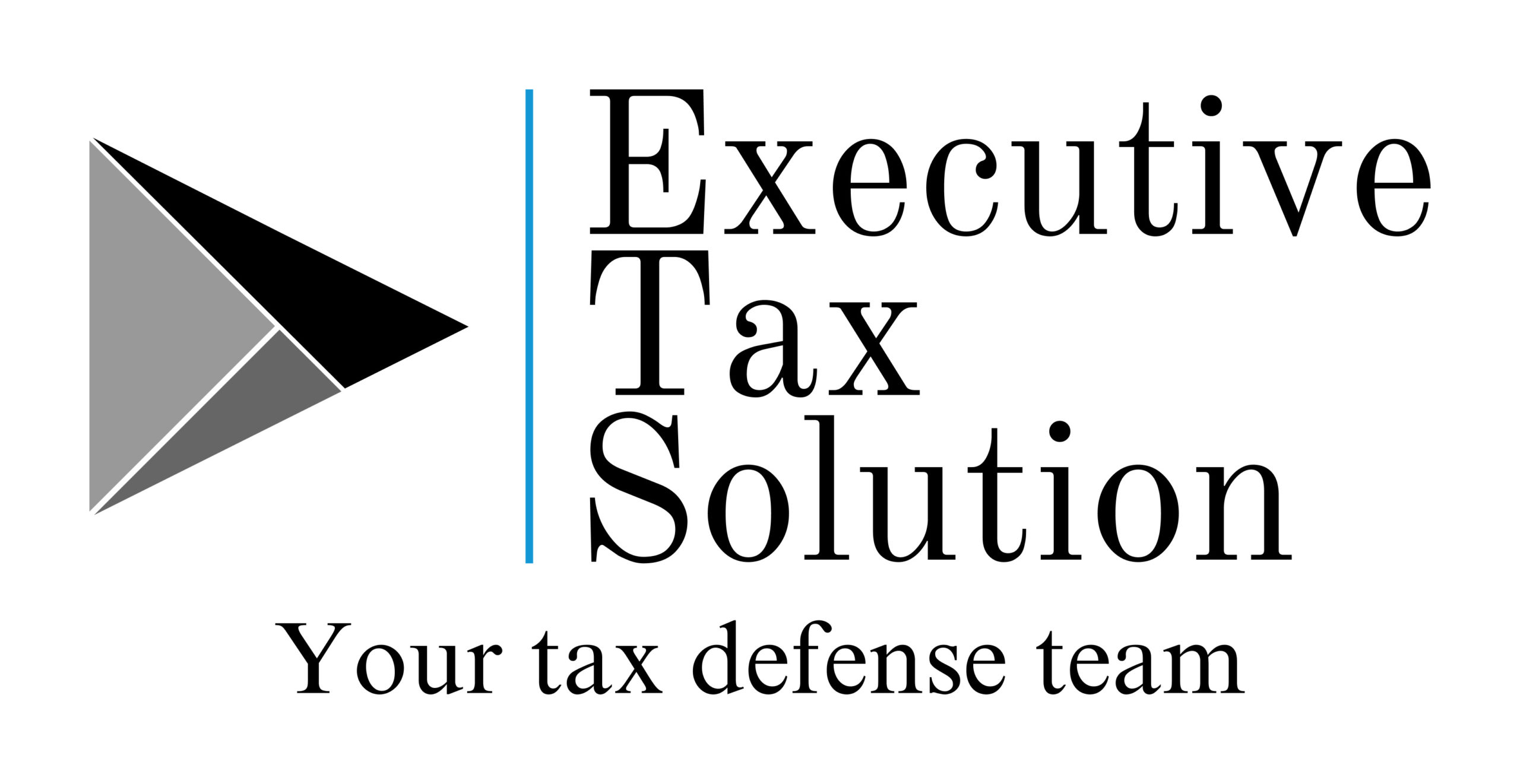A 529 plan (aka qualified tuition plan or QTP) operates by using a state or educational institution program tax benefits and other incentives. This makes saving for college, post-secondary training, and K–12 education expenses easier.
Formerly limited to higher education, 529 plan distributions can be used towards qualified K–12 expenses – up to $10,000 per student – in tax years 2018 through 2025.
You can set up a 529 plan for yourself or a designated beneficiary such as a child or grandchild. Earnings on 529 plans aren’t taxed by the federal government nor most states, as long as you use the distributions towards qualified education expenses.
Distributions from 529 plans are generally reported on Form 1099-Q.
Can I deduct contributions to a 529 plan?
No, not on your federal taxes. However, you can deduct all or part of your 529 contributions some states in some states.
If you live in one of those state is one of those states, you need to enter your 529 contributions when you get to the credit/deductions portion of your state tax interview.
For more information on this or other tax related issues, please call us @ (469) 262-6525

